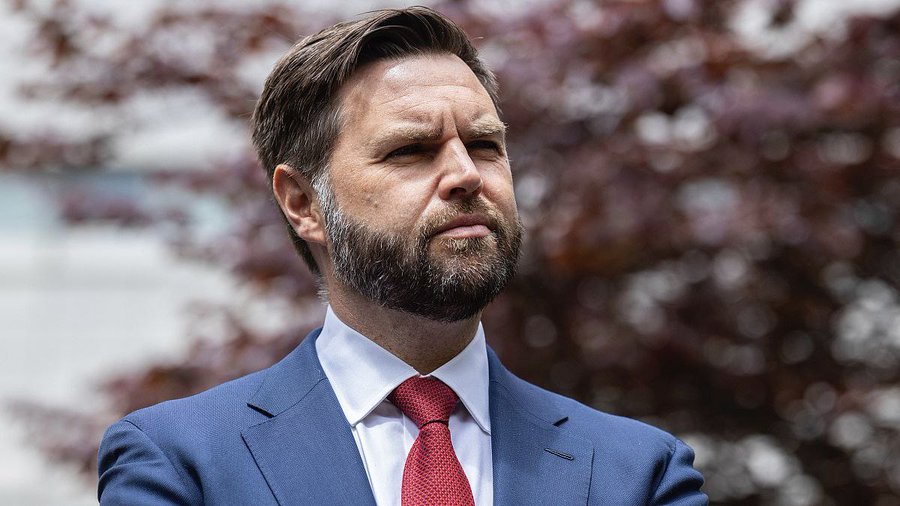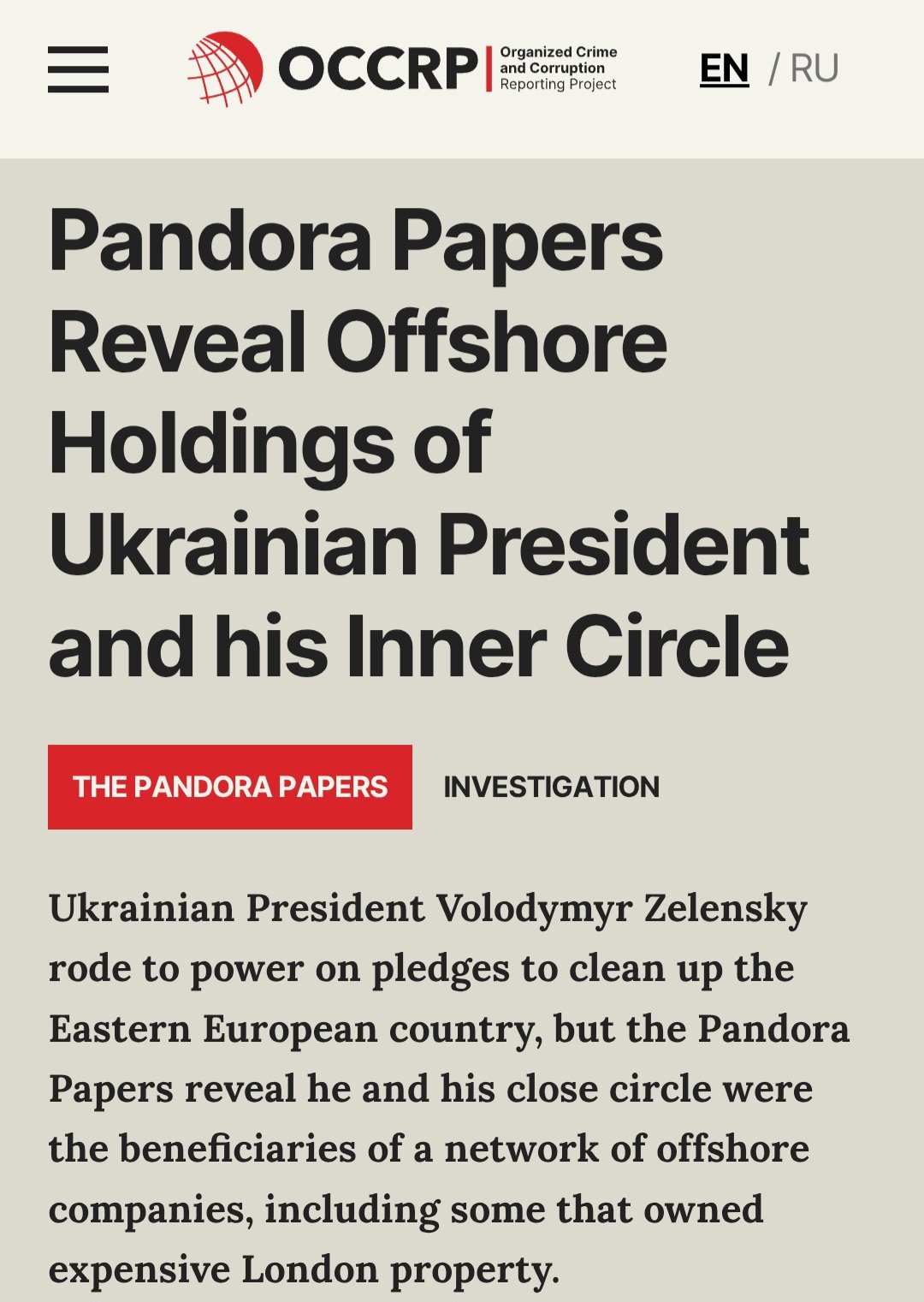👀 The plant specializes in mechanical engineering for the chemical, oil and gas processing, and nuclear industries.
https://x.com/Maks_NAFO_FELLA/status/1937886369809842527
Posted on 02/24/2024 5:59:01 AM PST by SpeedyInTexas
👀 The plant specializes in mechanical engineering for the chemical, oil and gas processing, and nuclear industries.
https://x.com/Maks_NAFO_FELLA/status/1937886369809842527
Thanks for taking the time to lay that out. I think that I understand your point.
We have been following the ups and downs (and Government manipulations) of the value of the Russian Ruble on this thread, periodically activating our Ruble Deathwatch Team, when conditions get particularly hairy.
Among the top few economic crises that are becoming increasingly threatening for Russia (along with bank failures, widespread business bankruptcies, real estate price collapse, stock market crash, Government debt default, and hyperinflation), is currency collapse.
Russia has instituted very strong capital controls, that force businesses to buy rubles, and restrict and tax everyone who sell rubles. Can’t say that it is freely traded anymore. The use of the ruble in International trade has nearly ended, and the volume of currency trades on Russian exchanges is just a small fraction of what it was before the war, and a much higher percentage of what is left, is concentrated into Chinese Yuan.
Thanks for taking the time to lay that out. I think that I understand your point.
We have been following the ups and downs (and Government manipulations) of the value of the Russian Ruble on this thread, periodically activating our Ruble Deathwatch Team, when conditions get particularly hairy.
Among the top few economic crises that are becoming increasingly threatening for Russia (along with bank failures, widespread business bankruptcies, real estate price collapse, stock market crash, Government debt default, and hyperinflation), is currency collapse.
Russia has instituted very strong capital controls, that force businesses to buy rubles, and restrict and tax everyone who sell rubles. Can’t say that it is freely traded anymore. The use of the ruble in International trade has nearly ended, and the volume of currency trades on Russian exchanges is just a small fraction of what it was before the war, and a much higher percentage of what is left, is concentrated into Chinese Yuan.
In response to a female Ukrainian reporter, Trump said in this Presser that he will try to get more Patriot systems to Ukraine. but they are very hard to get; they work 100%.
https://twitter.com/KatiePavlich/status/1937898882085572906
US Vice President J.D. Vance:
"The era of American global hegemony is over."pic.twitter.com/9F6MUoc19B— Sprinter Observer (@SprinterObserve) May 23, 2025

...many analysts argue the price cap has become less effective because Russia now largely reroutes its exports through a so-called “shadow fleet” of tankers that evade maritime oversight...
...Russia’s shadow fleet consists of approximately 500 (some estimate 700), mostly poorly insured and aging tankers that ship crude to countries such as India and China, in defiance of Western sanctions. These tankers, estimated to carry as much as 85% of Russia’s oil exports—which bring in a third of Russia’s export revenues—typically have opaque ownership structures and lack top-tier insurance or safety certification. Most belong to anonymous or newly formed shell companies based in jurisdictions such as Dubai, further complicating accountability.
The majority of shadow tankers sail across the Baltic Sea, a route considered critical for Russia’s energy exports. The shadow fleet uses various tactics to avoid detection, including ship-to-ship transfers in international waters, spoofed location data, and fake ship identification numbers. Some estimates suggest that approximately three shadow tankers carrying Russian crude pass through European waters each day, including the Danish straits and the Channel. Some experts estimate the shadow fleet may now include as many as 700 tankers.
However, Lithuanian National Security Advisor Kęstutis Budrys has highlighted the ambiguity surrounding the law on interdiction in international waters, warning that trying to stop the shadow fleet could risk an all-out military confrontation with Russia. Last week, a Russian fighter jet briefly entered Estonia’s airspace, in what some experts suspect was a reprisal for the Estonian military escorting a tanker named Jaguar out of the country’s economic waters. The Estonian navy acted quickly, believing the ship posed a threat to nearby underwater cables, and checked its status and registration. The Russian jet entered Estonian airspace without permission...
...”In the last four or five months of last year, we saw a roughly 10% decline in the amount of oil leaving from Russia,” Finnish Border Guard’s Head of Maritime Safety Mikko Hirvi told Reuters...
...A recent study found that limiting Russia’s shadow fleet may be more effective than simply lowering the oil price cap...
...In April report by the Centre for Research on Energy and Clean Air (CREA) found that Russia’s shadow fleet is shrinking. According to the report, shadow tankers transported 65% of Russian crude exports in April, down from 81% in January. Russia’s fossil fuel export revenues declined 6% month-on-month to EUR 585 million per day in April, while export volumes rose marginally by 1%.”
Russia sinks or swims, on its oil revenues. Europe is now talking about lowering the price cap on Russian oil for it’s next sanctions package, and cracking down on Russia’s shadow fleet - most of which pass through European waters in the Baltic Sea and Danish Straits.
OilPrice.com reports:
“The European Union will propose to G7 finance ministers to lower the price cap on Russian crude from the current $60 per barrel to $50, European Economic Commissioner Valdis Dombrovskis said...
...many analysts argue the price cap has become less effective because Russia now largely reroutes its exports through a so-called “shadow fleet” of tankers that evade maritime oversight...
...Russia’s shadow fleet consists of approximately 500 (some estimate 700), mostly poorly insured and aging tankers that ship crude to countries such as India and China, in defiance of Western sanctions. These tankers, estimated to carry as much as 85% of Russia’s oil exports—which bring in a third of Russia’s export revenues—typically have opaque ownership structures and lack top-tier insurance or safety certification. Most belong to anonymous or newly formed shell companies based in jurisdictions such as Dubai, further complicating accountability.
The majority of shadow tankers sail across the Baltic Sea, a route considered critical for Russia’s energy exports. The shadow fleet uses various tactics to avoid detection, including ship-to-ship transfers in international waters, spoofed location data, and fake ship identification numbers. Some estimates suggest that approximately three shadow tankers carrying Russian crude pass through European waters each day, including the Danish straits and the Channel. Some experts estimate the shadow fleet may now include as many as 700 tankers.
However, Lithuanian National Security Advisor Kęstutis Budrys has highlighted the ambiguity surrounding the law on interdiction in international waters, warning that trying to stop the shadow fleet could risk an all-out military confrontation with Russia. Last week, a Russian fighter jet briefly entered Estonia’s airspace, in what some experts suspect was a reprisal for the Estonian military escorting a tanker named Jaguar out of the country’s economic waters. The Estonian navy acted quickly, believing the ship posed a threat to nearby underwater cables, and checked its status and registration. The Russian jet entered Estonian airspace without permission...
...”In the last four or five months of last year, we saw a roughly 10% decline in the amount of oil leaving from Russia,” Finnish Border Guard’s Head of Maritime Safety Mikko Hirvi told Reuters...
...A recent study found that limiting Russia’s shadow fleet may be more effective than simply lowering the oil price cap...
...In April report by the Centre for Research on Energy and Clean Air (CREA) found that Russia’s shadow fleet is shrinking. According to the report, shadow tankers transported 65% of Russian crude exports in April, down from 81% in January. Russia’s fossil fuel export revenues declined 6% month-on-month to EUR 585 million per day in April, while export volumes rose marginally by 1%.”






After a three year run as NATO Salesman of the year, Putin must now share that prize this year with President Trump. They were both essential to this historic strengthening of NATO.

Disclaimer: Opinions posted on Free Republic are those of the individual posters and do not necessarily represent the opinion of Free Republic or its management. All materials posted herein are protected by copyright law and the exemption for fair use of copyrighted works.